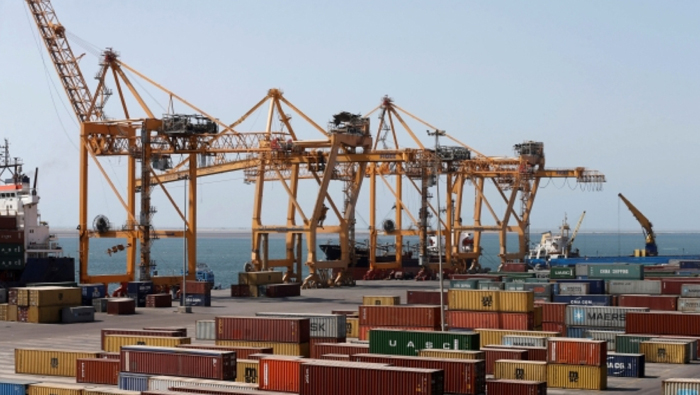
Muscat: Oman’s imports have decreased by 9.1 per cent over the last year, as the country moves towards self-sufficiency and becomes less reliant on goods brought in from overseas.
As the country sets up industries that manufacture goods and help harvest raw materials that were previously imported, Oman’s dependence on imported goods has decreased, according to data from the National Centre for Statistics and Information.
Commenting on this, Dr Ahmed Al Hooti, the head of economic study at the Oman Chamber of Commerce and Industry said, “We have a strong and competitive stance and we should take advantage of that. 2018 was a good year and we used all the means available to us to decrease imports through Oman’s main ports. Exports from Oman will increase, and its imports will decrease in the coming years as Oman is currently focused on expanding its logistics. Going forward, Oman also needs to increase its exports to its neighbouring countries.”
NCSI data showed that between February 2018 and January 2019, imports decreased by 9.1 per cent.
Overall, Oman spent only OMR1.48 billion on imported goods in the first two months of 2019, as opposed to OMR1.63 billion during the same time the previous year. Imports of electrical machinery, mechanical equipment and parts were down by 37.5 per cent and imports of base metals and their articles dipped by 11.2 per cent. The UAE suffered the biggest drop in imports to Oman with 14.1 per cent, followed by India who saw a drop of 11.9 per cent.
Oman’s biggest imports from India are engine fuel, rice, pipeline lengths and gas cylinder valves, while its biggest imports from the UAE are telephones, copper wire, gold jewellery, gold ingots and tobacco products.
Diversification
Financial analysts and trade advisors in Oman said this was because the country was pushing forward with its Tanfeedh plans for economic diversification, which look to move Oman away from traditional oil-and-gas based sources of income and focus on other areas of high potential, namely tourism, agriculture and fisheries, mining and energy, transport and logistics, and manufacturing.
Dr Anchan CK, a trade advisor in Oman, said, “Oman continues to offer a strong value proposition for businesses, with a wide range of industrial estates and special economic zones (SEZs) adding to the attraction. The push to increase manufacturing investment is further supported by government plans to quicken the pace of privatisation.”
He added: “Oman is on the cusp of unlocking its mineral export potential, and this will automatically lead to fewer imports of such goods. The country has some of the richest and most diverse mineral deposits in the world, which are largely concentrated in the country’s mountain ranges. Duqm, in central Oman, holds reserves of industrial minerals and salt, while fertilisers such as potash are found some 500km north. Thumrait in the south is known for gypsum and Salalah for limestone. Shuwaymiah in the Dhofar Governorate has large deposits of limestone, gypsum and dolomite, while Sohar in the far north of the country is rich in copper, gold, gabbro and limestone.”
Non-oil sectors
Ramanuj Venkatesh, a financial analyst in the country, said: “Given that Oman’s oil sector has largely fuelled its GDP, Oman’s economic expansion bodes well for the future. Non-oil sectors such as mining and manufacturing, will be among the most important factors in the future. From this perspective, Oman’s economy will need to be given further momentum by non-oil returns.”
“Petrochemicals and the other leading sectors such as energy and mining are also vital, although I feel it will be some time before these reach their full capacity,” he added. “There needs to be more investment from foreign organisations, so that they can teach local youth how to take over such operations, and this expertise cycle would benefit from partnerships with experienced organisations.”